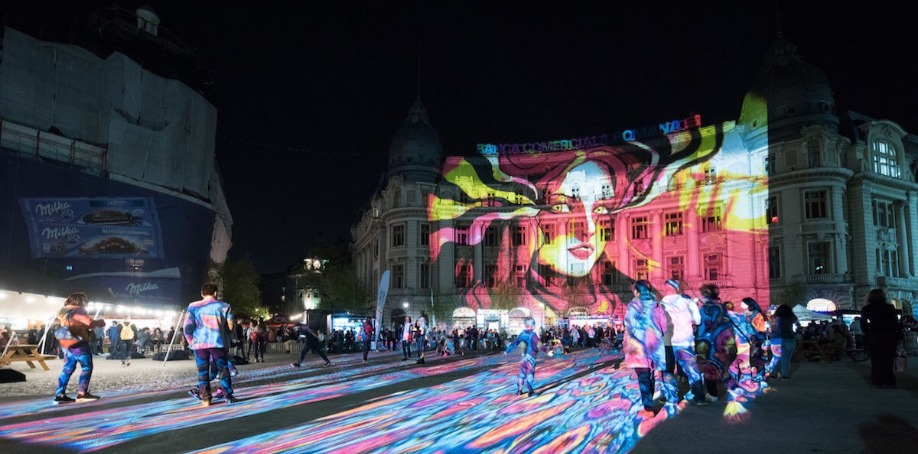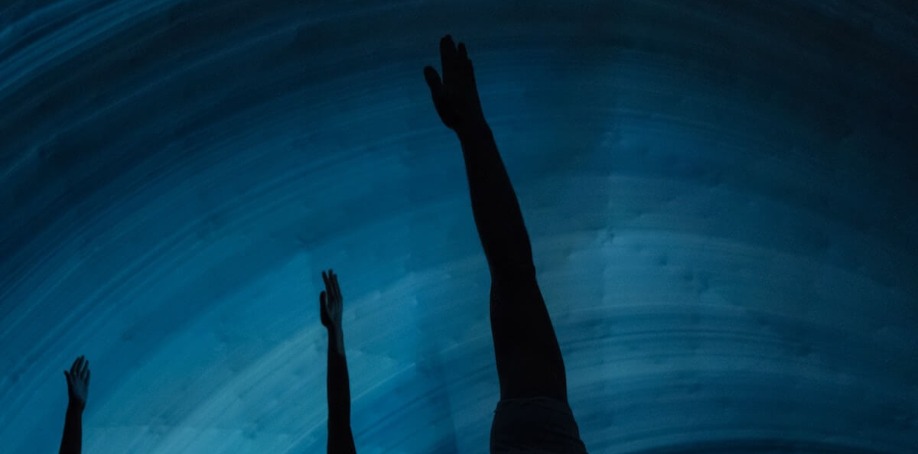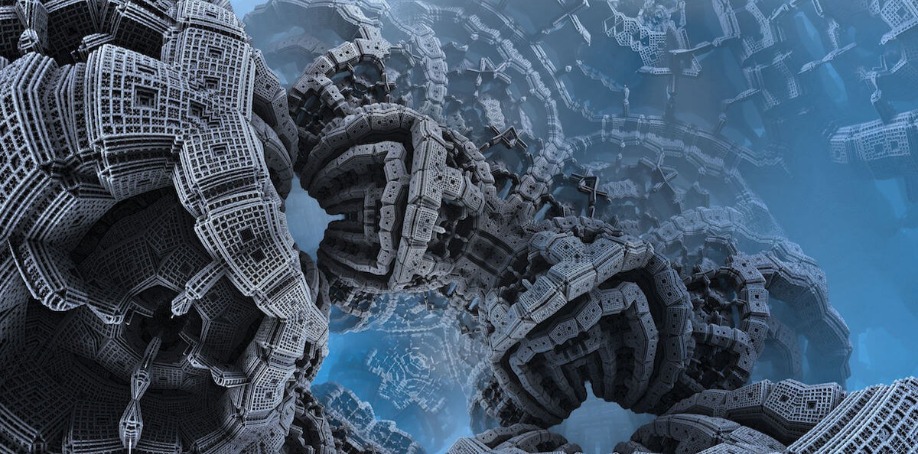
Projection mapping doesn’t just transform drab conference halls into virtual wonderlands.
It also has the power to blend physical environments with digital worlds, says AV Magazine's Zoe Mutter. With the right techniques, equipment and design, projection mapping can be used to create an augmented reality that cloaks the physical world with one driven by computers.
This has the potential to alter how we see things without having to change our natural perspective, says Dr. Alexandro Pando, CEO of Xyrupt Technologies. Virtual reality transports audiences to worlds of endless possibility. With mixed reality, these experiences become even more interactive than we could have ever imagined.
At a time when virtual reality headsets are at the top of every tech firm’s to do list, mixed reality should be the focus of the AV industry — here’s why.
The Incredible Versatility of Mixed Reality Projections
From retail to auto, it seems that every industry has incorporated projection mapping in one form or another. Mixed reality projections are equally adaptable and can be even more effective than virtual reality and mixed reality technologies on their own.
Projection mapping resource PMC notes that mixed reality projection mapping has many advantages compared to other forms of mixed reality equipment, such as headsets.
“They only work for one person at a time, they take minutes to adjust per person, they run out of battery, they strain your neck, and worst of all, they can give you pink eye.” Yet projection mapping offers all of the same capabilities and it can be used by everyone at once.
Cantina’s George White believes that the ability to create shared AR experiences will be key to the success of projection mapping. Mapping designs onto real-world objects creates a much deeper and immersive physical experience compared to what can be achieved with smartphones or wearable tech.
Unlike AR and VR headsets, which provide a personal and solitary experience, projection mapping can be enjoyed by many people at the same time. Hans Stucken, global marketing manager of AV Stumpfl, agrees that the technology brings people together in new and meaningful ways.
“You don’t need AR glasses or VR headsets for a great projection mapping experience and can still hug your loved ones and record the experience on your mobile phone – without feeling isolated. On the contrary, if done well, projection mapping events become beautiful communal experiences.”
A number of specific industries are ripe for incorporating this mixed reality projection mapping technology. Take retail, for instance. Insider Trend’s Cate Trotter notes a number of opportunities for this market.
“Retailers could use projection mapping tech to change the perceived layout of the store based on the movements a customer makes. Or it could be used to show colour options for a particular product. A kitchen and bathroom supplier could use it to project example designs and layouts onto a table when discussing options with clients.”
As one of the first industries to adopt new AV technologies, museums are leading the way with mixed reality projections. Alamo Corporation’s Melody Craigmyle says that virtual and mixed reality displays are some of the most innovative experiences she sees at museums.
“At the National Geographic museum in Washington D.C., visitors are transported to the Tomb of Christ at the Church of the Holy Sepulchre to see this amazingly resorted historic site in Jerusalem.”
VR glasses and edge blended projection help visitors feel as though they’re walking through the tomb and seeing the artwork and architecture in the flesh.

How Mixed and Augmented Reality Projections Change Audience Experiences
The versatility of mixed reality projections is important, but so is the ability for organizations to create them. Luckily, recent industry developments have made these kinds of projects more accessible and affordable.
AV and mixed reality startup Lightform is making major waves in the industry. Using a 3D scanning device, Lightform is able to transform any projector into a device capable of creating mixed reality displays. As Lightform CEO Brett Jones explains, “The idea is to seamlessly merge the virtual world with the physical world, and to do it without wearing anything on your face.”
It’s also about democratizing projection mapping, says Lightform Design Director Phil Reyneri. Making projection mapping more accessible allows the technology to be used in any industry across a range of applications.
While Lightform makes projection mapping as a whole more accessible, it isn’t yet creating a more interactive experience. That goal is being furthered by a team at argodesign, led by creative technologist Jarrett Webb.
Webb and his team are creating a mixed reality version of air hockey called Interactive Light. It explores how light projections can be used to create immersive, multiplayer experiences. While the game won’t be released to the public, it will provide the Lightform team with inspiration and information on pioneering new mixed reality experiences.
Another group making huge strides and creating ultra-realistic projection experiences is a team of researchers from the Ishikawa Watanabe Laboratory at the University of Tokyo. The team has created a real-time projection mapping system that can execute 3D imagery without the need for a physical object. In practice, the team used t-shirts to project designs that transformed in real-time as the shirt was stretched and moved. This gave the illusion that the projection was a permanent graphic, rather than an image, on the shirt.
Applications of new technology must continue to reach new frontiers. Famed creative director, technologist and projection mapper Nobumichi Asai is leading this quest by doing something no one has done before. The challenge? Using the latest face mapping technology to project live images onto a human face.
“The process was complicated, capturing with sensors, processing the data, creating CG renderings, and using projectors. Getting the timing right was also challenging, fixing delays and making sure the projection technology had the maximum precision to get the face and visuals matched.”

Projection Mapping Is Blowing Audiences Away Already
Asai isn’t the only industry pioneer pushing technological boundaries. Mixed reality projection mapping has already been used in a number of public displays that redefine visual experiences.
For example, Next Reality’s Bettina Mangiaracina highlights Makeup Lamps, a product of Disney Research Lab. These lamps project images onto actors’ faces during live performances, eliminating the need for complex makeup applications. As one of the first companies to bring projection mapping to the masses, it only makes sense that Disney is at the forefront of evolutions in mixed reality projection mapping.
“With this augmented reality technology, the actors have the freedom to look however they please. If an actor needs to look older, Makeup Lamps will augment wrinkles. If the actor needs to look more colorful, the light system will then be adjusted to meet the demand of the character.”
While Disney’s efforts allow actor appearances to be changed instantly by performance directors, creative studio THÉORIZ created a mixed reality projection where the viewer is in control. The studio’s mixed reality projection room uses motion tracking to change the design as someone walks around the space. The floor, ceiling and walls all react to the participant’s movements, creating an immersive augmented reality experience without the need for a headset.
Images by: Grosescu Alberto/©123RF Stock Photo, Oliver Miche, Artem Lopyriev/©123RF Stock Photo


